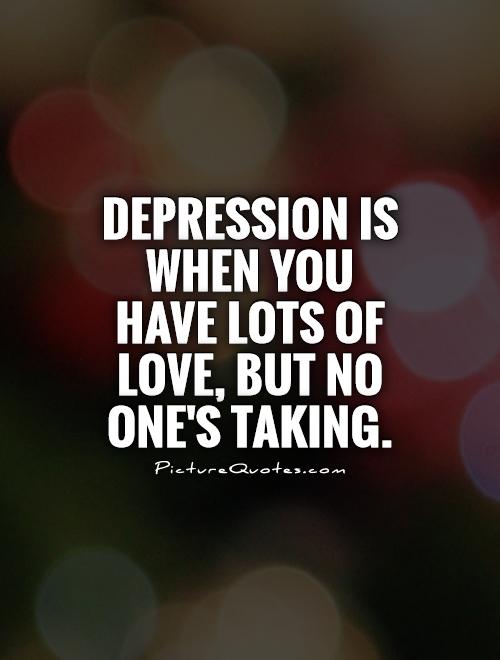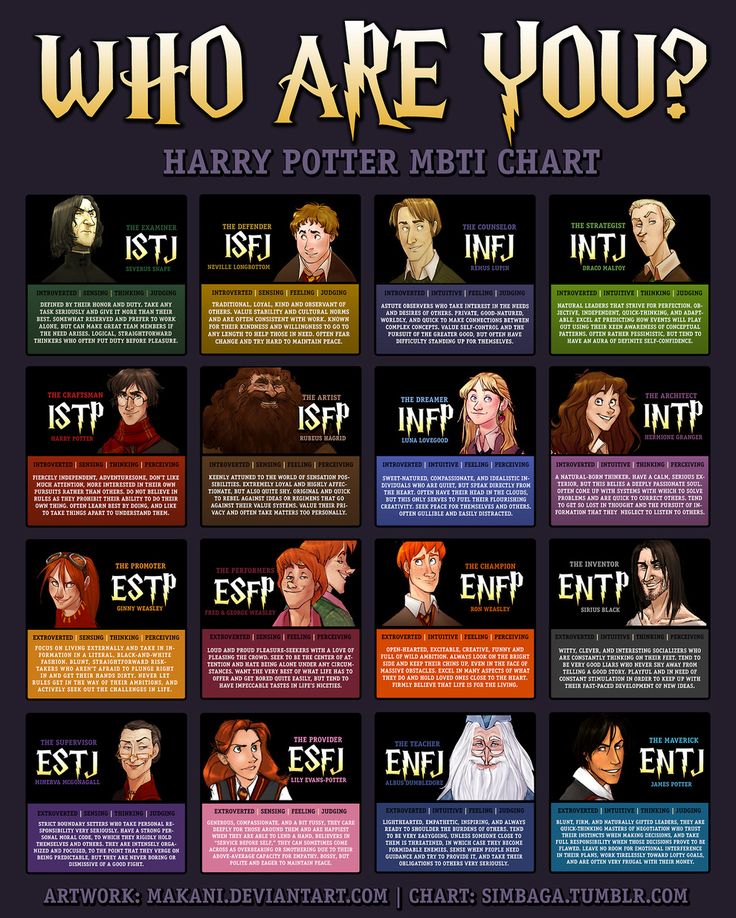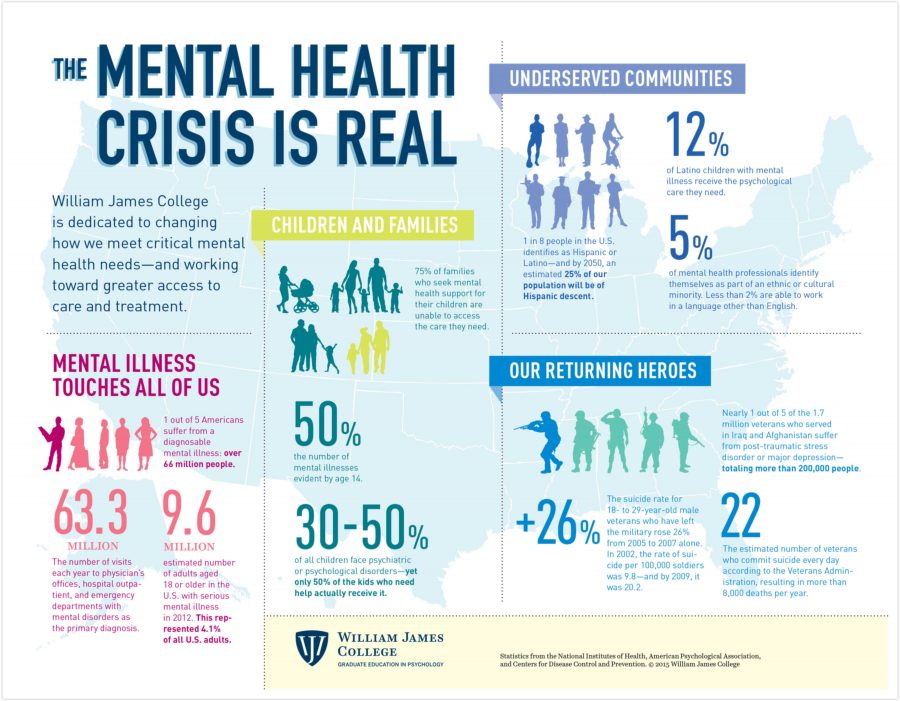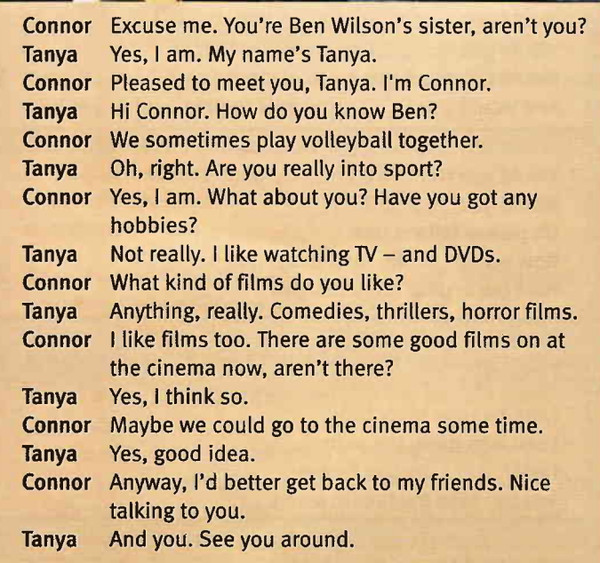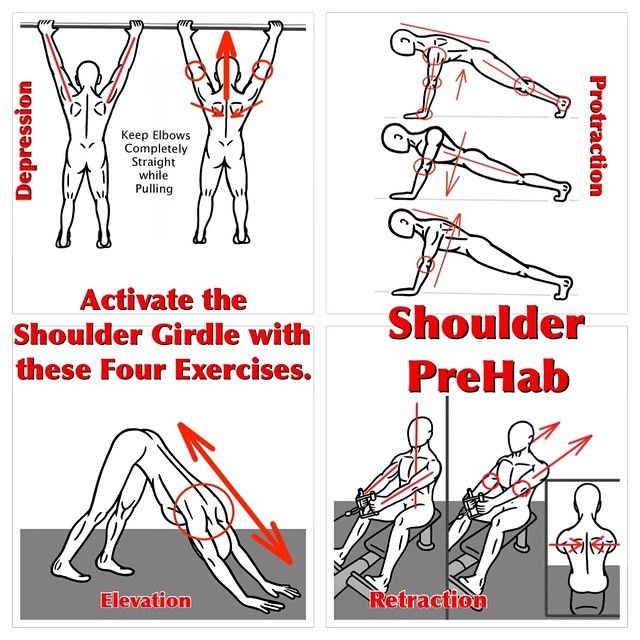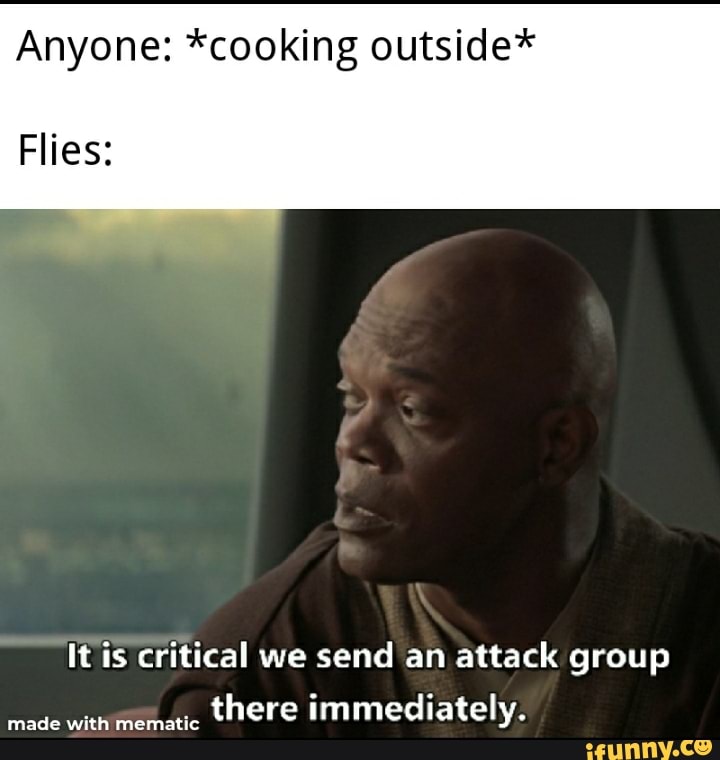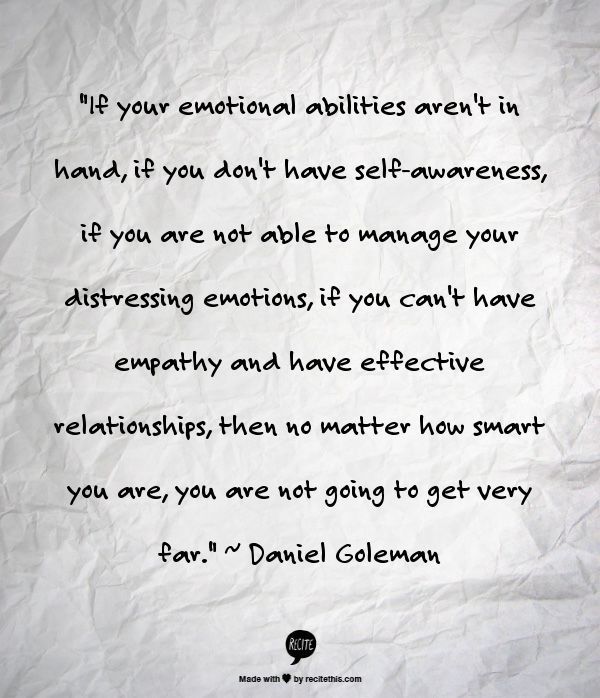Headspace vs insight timer
Best Meditation Apps for Stress
Photo by Ashley Batz on UnsplashFeeling stressed out, anxious, and generally frazzled by all the things you have to balance — kiddos, work, bills, deadly viruses, the mess that is your home? Did you think you’d have your shit together by now? Welcome to da club.
Fortunately, a growing cadre of meditation apps are positioning themselves as antidotes to our rising overwhelm and malaise, tailoring their offerings to tackle specific issues like financial fears and managing uncertainty. And, thankfully, these apps are also proving to be astonishingly effective.
I’ve tried upwards of a dozen meditation apps since my sleep really tanked about four years ago. In the post, I pit two of the most popular apps against each other — Headspace vs Calm — and take a look at a close third, InsightTimer.
The History and Benefits of Meditation
With its origins in Southeast Asia, meditation has been around for millennia. It first reached the Western world in the 18th century, when a subset of its guiding principles began influencing Western philosophical circles. Since then, there have been surges in its popularity, most notably in the 1960s (just ask yer mom). However, it’s only been within the past decade or so that meditation has entered the Western mainstream.
The way we practice meditation (and why we practice meditation) — our appropriated version — certainly looks different from how its original manifestation, a fact compounded by the variety of meditation techniques that exist.
But meditation, we’ve come to realize, is a deeply powerful practice. It’s one that helps us connect with our true selves and the world around us, it eases our anxiety and stress, and it promotes a sense of peace and wellbeing — even gratitude.
The anecdotal evidence underscoring meditation’s benefits is compelling. You probably know at least one person who has a semi-regular meditation practice and who sings its praises.
The scientific evidence is impressive, too. One large-scale review out of Johns Hopkins (of 47 different trials with 3515 participants) published in the JAMA in March 2014 found that “mindfulness meditation programs had moderate evidence of improved anxiety […], depression […], and pain.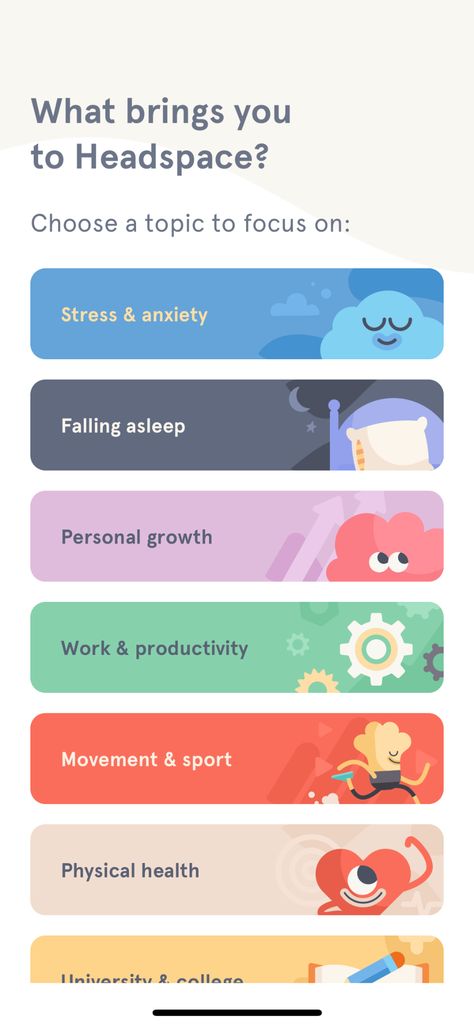 ”
”
People can practice exercises in mindfulness meditation, the scientific literature concludes, to effectively alleviate the severity of some of today’s greatest psychological stresses.
What Is Meditation?
Meditation is a practice that trains your attention and awareness in ways that help you achieve clarity of mind and emotional stability (and beyond).
Different types of meditation use different modes of training to achieve that end. You may have heard of transcendental meditation, focused meditation, movement meditation, mantra meditation, and mindfulness meditation, among others. Despite their differences, each is focused on shifting your consciousness so that you can find presence, awareness, peace, and calm.
What is Mindfulness Meditation?
Mindfulness meditation has its origins in ancient Buddhist teachings and is perhaps the most popular type of meditation in the West. At its heart lies an emphasis on developing an awareness of the present moment.
As you practice this form of meditation, you tune into — or become mindful of — any emotions that are moving through your body and any thoughts that are passing through your mind. Instead of engaging these thoughts and feelings by interpreting, judging, or otherwise letting them affect you, you simply observe them at a distance.
Why Practice Mindfulness Meditation?
By paying attention to your thoughts and feelings without letting them rile you, you cultivate a deeper awareness and resiliency that allows you to stay calm and centered as you move through your day, encountering new and sometimes stressful stimuli.
Through mindfulness meditation, you expand your consciousness out — beyond the rough edges of the world and your own fears and worries — in order to achieve a greater state of stability. Practicing breathwork and noticing your breath as you inhale and exhale can aid in this journey.
There is a type of meditation that relies heavily on mantra: words or short phrases that you repeat over and over in order to help you turn inward.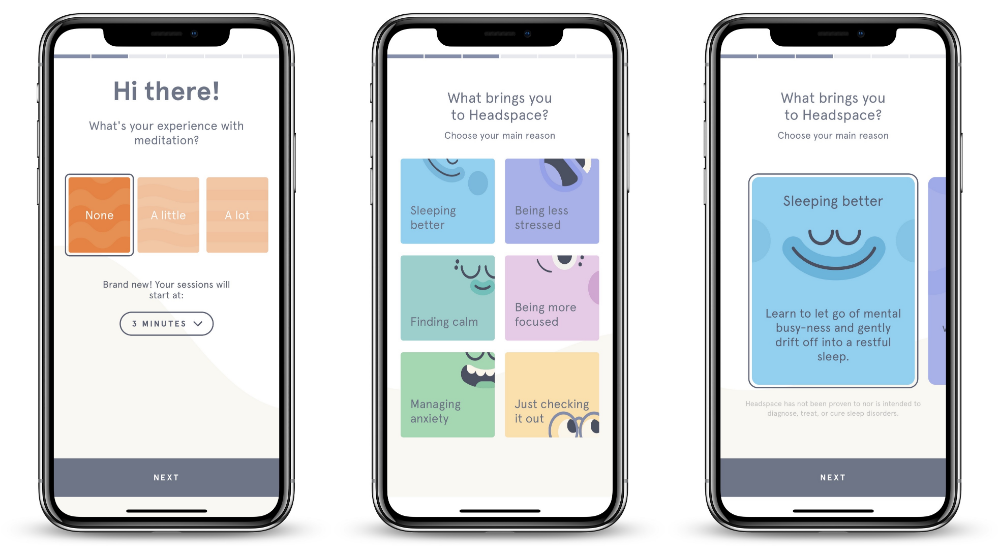 All forms of meditation can utilize mantras or longer statements that help you center yourself as you embrace awareness of the present moment. The here and now. The one thing we always have.
All forms of meditation can utilize mantras or longer statements that help you center yourself as you embrace awareness of the present moment. The here and now. The one thing we always have.
The Buddhist monk Thich Nhat Hanh (who at the time of this writing is 94 years old!) has garnered a loyal following and widespread recognition for his extraordinary wisdom and observations about life and death.
One of his most powerful and widely shared mantras—or “poems,” as he often calls them—to recite while meditating is:
Breathing in, I calm my body. Breathing out, I smile. Dwelling in the present moment, I know this is a wonderful moment.
Thich Nhat Hanh, Being Peace, 2005 (1st ed. 1987)
Meditation, including mindfulness meditation, can be self-guided or led by a trained practitioner. Fortunately, especially in the era of Covid, if you choose guided meditation, you need not travel to a classroom, yoga studio, or community center to meet with your instructor.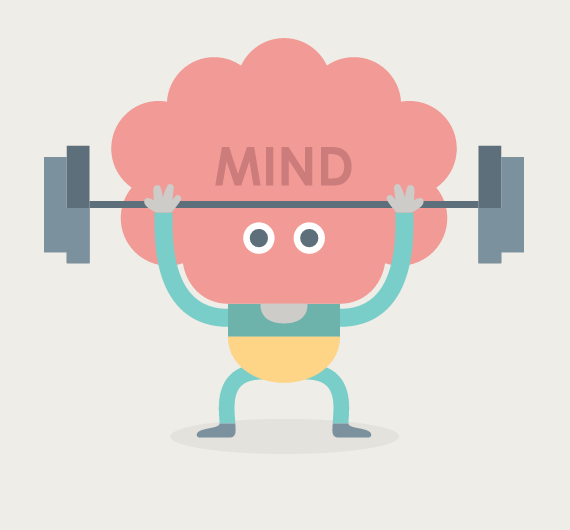
Enter, meditation apps. Since around 2010, the world has also been introduced to a slew of meditation apps, including Headspace, Calm, Insight Timer, Aura, Breethe, Buddhify, Inscape, Sattva, Enso, and a host of others.
Headspace vs Calm vs InsightTimer
Headspace and Calm are two of the biggest, most well-known meditation apps on the market. In this post, I’m going to look at Headspace vs Calm, while also adding a third to the mix: InsightTimer. InsightTimer is largely free, and I’m all about accessibility when it comes to mental health.
The techniques represented by each are diverse, but all three apps generally adhere to the precepts of mindfulness, which form the core of mindfulness meditation. By comparing these apps, my aim is to help you pick the one that is best for your needs.
1. Headspace AppAbout Headspace: Headspace is one of the oldest and most popular meditation apps, with over 66 million members.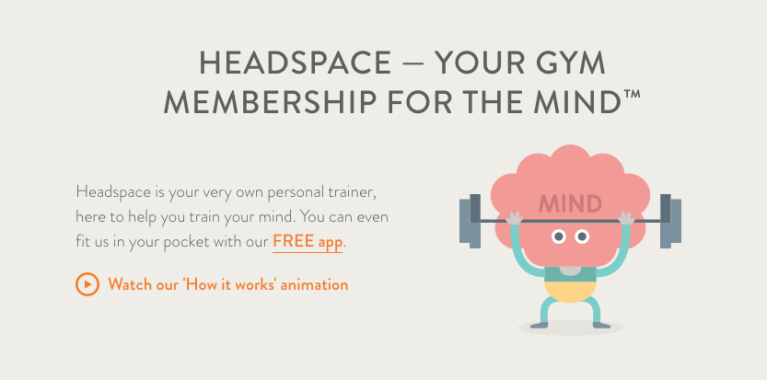 It was founded in 2010 by Andy Puddicombe, a meditation expert and former monk. The app itself came online in January 2012.
It was founded in 2010 by Andy Puddicombe, a meditation expert and former monk. The app itself came online in January 2012.
What Headspace Says: “Headspace has one mission: to improve the health and happiness of the world. And with millions of users in more than 190 countries, we’re well on our way.”
Headspace Offerings: Headspace presents users with an extensive and diverse set of offerings. There are hundreds of guided meditations on topics such as sleep, focus, and exercise, including single and multi-day course; sleep stories and sounds to help you drift off at night; music to help focus your attention or tune out; a daily meditation on a new topic every single day; exercise meditations to help you move and get your heart rate up; “SOS” meditations for when you’re experiencing anxiety, panic, or stress; 2-3-minute “mini-meditations” for a mental recent; sessions for kids; and much, much more
Cost: $12.99 for a monthly subscription or $69. 99 for an annual subscription ($5.83/month)
99 for an annual subscription ($5.83/month)
Free trial? Yes. You get the first 7 days of a monthly subscription for free and the first 14 days of an annual subscription for free. If you don’t cancel your subscription before the end of the trial, you will be charged. Note: The app is free to download and some content is unlocked, meaning you can access it without a subscription (or a free trial).
Ratings: 4.9 stars; 684,900 ratings (App Store stats)
Where to Find It: Apple App Store or Google Play
PROS:
- Robust resources, including a basics course and structured meditations that are well-suited to beginners (meditation is a SKILL you have to practice—you don’t go into it knowing how to do it)
- The offerings are extensive and touch upon topics that others might not, such as the experience of isolation and loneliness, addiction, chronic pain.
- Intuitive, well laid-out interface that is relatively uncluttered and easy to navigate
- You can control meditation length, and there are short, 2-3 minute sessions available
CONS:
- Some reviewers note that they find Puddicombe’s voice difficult to listen to.
 Puddicombe is the “voice” of Headspace and leads most but not all of the meditations. There is also a female instructor named Eve, who, like Puddicombe, also has a British accent. (Voice is going to be a criticism of ANY app that includes narration. Some people are going to be turned off by or unable to engage with a speaker’s voice, regardless of how melodious it might strike others. Still, this is an important thing to consider when making your choice.)
Puddicombe is the “voice” of Headspace and leads most but not all of the meditations. There is also a female instructor named Eve, who, like Puddicombe, also has a British accent. (Voice is going to be a criticism of ANY app that includes narration. Some people are going to be turned off by or unable to engage with a speaker’s voice, regardless of how melodious it might strike others. Still, this is an important thing to consider when making your choice.) - Headspace tends to “gamify” meditation by keeping track of your usage streaks and other milestones in what some users describe as competitive in nature. This gamification seems to be antithetical to cultivating harmony and balance, and reducing stress, and may rub some people the wrong way.
About Calm: The Calm App launched a few months after Headspace, in April 2012, by internet entrepreneurs Michael Acton Smith and Alex Tew.
What Calm says: “We’re the #1 app for Sleep, Meditation and Relaxation, with over 50 million downloads and over 700,000 5-star reviews. We’re honored to be an Apple BEST OF 2018 award winner, Apple’s App of the Year 2017, Google Play Editor’s Choice 2018, and to be named by the Center for Humane Technology as “the world’s happiest app.”
We’re honored to be an Apple BEST OF 2018 award winner, Apple’s App of the Year 2017, Google Play Editor’s Choice 2018, and to be named by the Center for Humane Technology as “the world’s happiest app.”
Offerings: Calm has a vast range of offerings, including meditations that focus on sleep, anxiety, stress, work, self-care, new practitioners, and beyond; music, stories, and “soundscapes” targeting sleep; music for relaxation, communing with nature, focus, and work; videos for mindful movement; nature scenes to encourage sleep and relaxation; breathing exercises; sessions for kids; “Masterclasses” with people like Tara Brach (on radical self-compassion), Dr. Shefali Tsabary (on conscious parenting), Elizabeth Gilbert (on creative living beyond fear), Dr. Michelle May (on Mindful Eating), and Jason Kidd (on peak performance) offer targeted lessons and different perspectives on mindfulness.
Cost: $69.99 for an annual subscription
Free trial: Yes. You get the first 7 days of your annual subscription for free. If you don’t cancel your subscription before the end of the trial, you will be charged.
You get the first 7 days of your annual subscription for free. If you don’t cancel your subscription before the end of the trial, you will be charged.
Note: The app is free to download and some content is unlocked (the Masterclasses are not), meaning you can access it without a subscription (or a free trial).
Ratings: 4.8 stars; 1.1 million ratings (App Store stats)
Where to get it: Apple App Store or Google Play
PROS:
- There are more voices represented on this app, so in the “battle” that is Headspace vs Calm, Calm feels less monolithic or one-dimensional
- It features a fantastic library of resources for kids of all ages, including a session that features Thomas the Tank Engine and his friends, among others
- You can download sessions for offline use
CONS:
- Reviewers complain that there isn’t enough unlocked (i.e., free) content
- Some users noted that Tamara Levitt, the lead instructor, “talks too much” during the guided meditations.
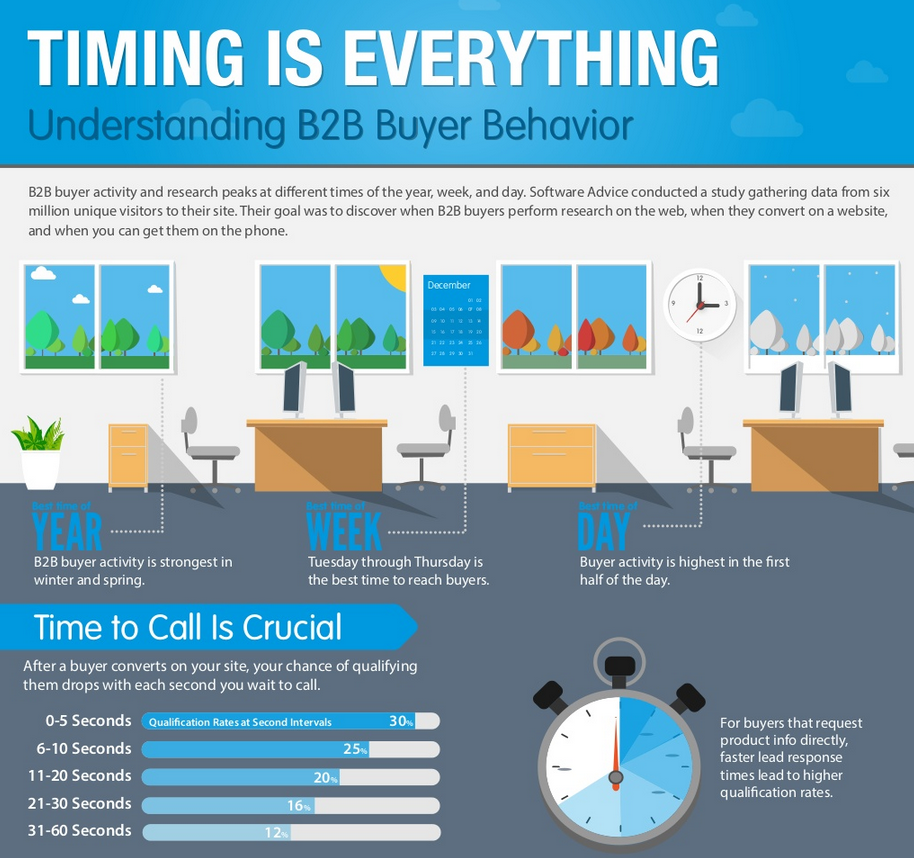 (Calm has added another regular instructor, John Armstrong; you can often choose between John and Tamara after you’ve selected a particular meditation.)
(Calm has added another regular instructor, John Armstrong; you can often choose between John and Tamara after you’ve selected a particular meditation.) - There is no monthly subscription option (only annual).
- Due to the more open-ended and less structured nature of its meditations (vs Headspace), some may find Calm less beginner-friendly
- There are few if any short (under 10 minutes) sessions.
About: Developed by Brad Fullmer in 2009 as a simple timer, InsightTimer was acquired by brothers Christopher and Nicholas Plowman in April 2015.
What InsightTimer Says: “Magic Happens when you give meditation away for free […] This chart shows how much time is spent on Insight Timer compared with many other meditation apps who you often read about in the media.” [GRAPHIC below: Time spent on meditation apps in the USA: InsightTimer: 63%; Calm: 17%; Headspace: 13%: Others: 7%]
Usually the journalists write about how many downloads these apps have, or how much funding they’ve raised, or how much money they’re making.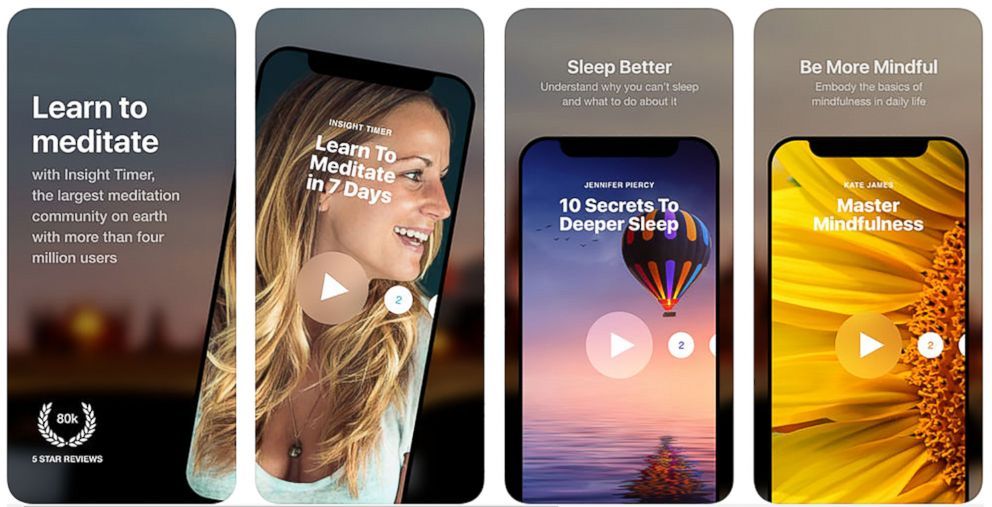 Rarely do they write about how many of the downloads convert to meditators, or how much time people spend on them, or how often people return each week — ‘metrics’ that actually matter when nurturing a meditation practice….”
Rarely do they write about how many of the downloads convert to meditators, or how much time people spend on them, or how often people return each week — ‘metrics’ that actually matter when nurturing a meditation practice….”
Offerings: InsightTimer offers over 70,000 free guided meditations and music tracks. This is a truly insane library that encompasses an array of topics and issues, from anxiety and stress to sleep. (Calm and Headspace do not quantify the amount of content they offer beyond “hundreds” of sessions). You can also find meditations, talks, and “events” led by celebrities and renowned practitioners, from Gisele Bundchen to Elizabeth Gilbert, Lalah Delia, Kenneth Soares, and Lama Rod Owens. Like Calm, Insight Timer offers 300+ multi-day courses with leading mindfulness practitioners; these are tagged “Members Plus” and sit behind a paywall. The app also has a category dedicated to yoga.
Cost: Mostly free! The vast majority of content on InsightTime is free; the “Members Plus” courses can be accessed via an annual $60 subscription
Free trial: Most of the content is free, so no trial necessary. InsightTimer does offer a free 30-day trial for its annual “Members Plus” subscription. Cancel before the end of your subscription or you will be charged.
InsightTimer does offer a free 30-day trial for its annual “Members Plus” subscription. Cancel before the end of your subscription or you will be charged.
Where to get it: Apple App Store or Google Play
Ratings:
4.9 stars; 266,819 ratings (App Store stats)
PROS:
- The majority of content on InsightTimer is free
- The size of its library and the variety of its offerings is truly insane
- You can filter by meditation length
- A variety of voices are represented
- There are resources for learning, even for becoming a teacher
CONS:
- You cannot filter by Member Plus and free offerings, meaning sometimes it’s hard to claw your way back out to find the free content
- The interface is well laid-out—on the home screen. Once you start drilling down into different sections, it’s easy to get lost if you’re not finding exactly what you’re looking for.
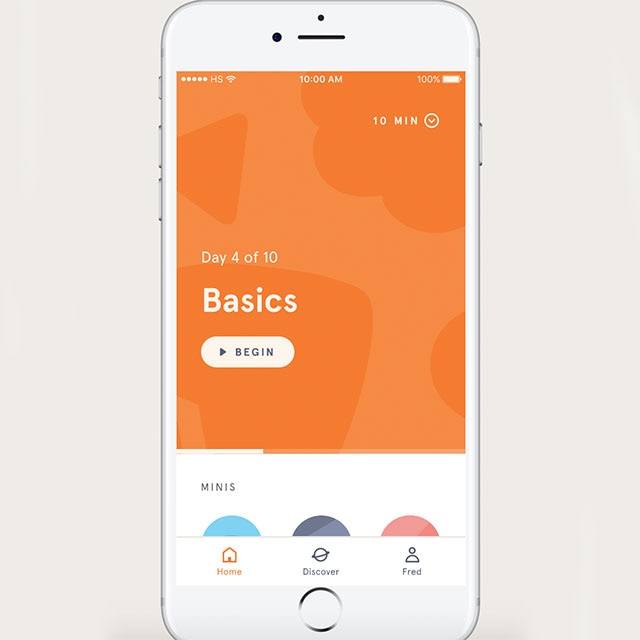
The Verdict: Headspace vs Calm vs InsightTimer
You can’t go wrong with any of these apps. I’d suggest downloading all three and checking out the free, unlocked content. Pay attention to the offerings, navigation, voices, and general vibe, but also how you feel after you come out of a session and how the session affects (or doesn’t) your mood/energy and the rest of your day. If you finding yourself gravitating toward one in particular, considering checking out a free trial.
My Favorite Meditation App
I personally have all three apps. I know. That’s nuts. But I get different things from each. While I do think that Headspace has the strongest offerings overall, I resonate most with Calm’s instructor John Armstrong. Hence I find myself turning to Calm more often than Headspace, for which I don’t have a paid subscription.
I then tune into InsightTimer from time to time, especially for the free music and the Live Events. Sometimes, when you’re feeling isolated and alone, it’s wonderful to join something communal and know that other people are partaking in the exact same experience (experienced differently, of course) at the exact same time as you. That’s what their Live Events offer.
That’s what their Live Events offer.
(Harry Styles fan? Fancy him murmuring the following in your ear as you fall asleep? “The power of the universe meanders through your mind… so come with me, and let’s see, what the two of us can find.”)
Feeling Overwhelmed by Choice WITHIN the Apps?
For some, the libraries of all three of the apps may prove overwhelming. For those with analysis paralysis or who are overwhelmed by choice, it may be tricky to prioritize what to tune into or practice in any given moment. Start with a targeted approach. Head straight to the following:
In Headspace, select “Meditate” on the bottom navigation, select the “Courses and singles” category, then select the first “Basics” session (there are 3 total).
In Calm, select “Meditate” on the bottom navigation, select “Beginners” on the top navigation, then select the free “7 Days of Calm” or the free “7 Days of Calming Anxiety” course.
In InsightTimer, select “Guided” (for meditations) on the home screen, then select “Learning to Meditate.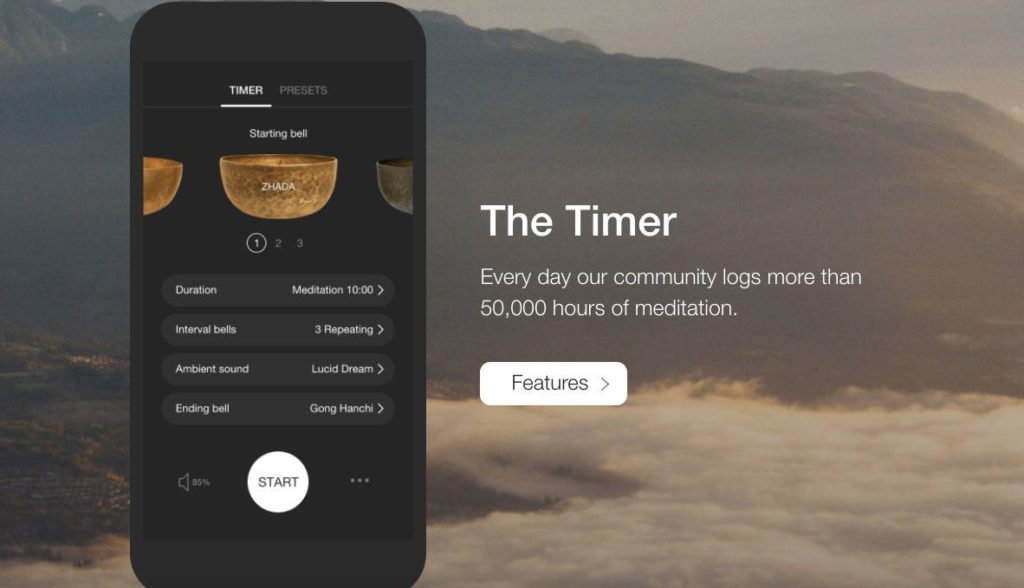 ” Start at the top.
” Start at the top.
Headspace vs Calm vs InsightTimer: Which is Best for What?
Headspace | InsightTimer | ||
$69.99/year; $12.99/month | $69.99/year | Free (MembersPlus $59. | |
Free trial | Yes, annual: 14 days; monthly, 7 days | Yes, 7 days | Free! (Members Plus, 30-day trial) |
Download | App Store | App Store | App Store |
Best Design | |||
Best for Beginners | |||
Best for Anxiety | |||
Best for Sleep | |||
Best for Work Stress | |||
Best for Kids | |||
Best for Music |
Headspace vs.
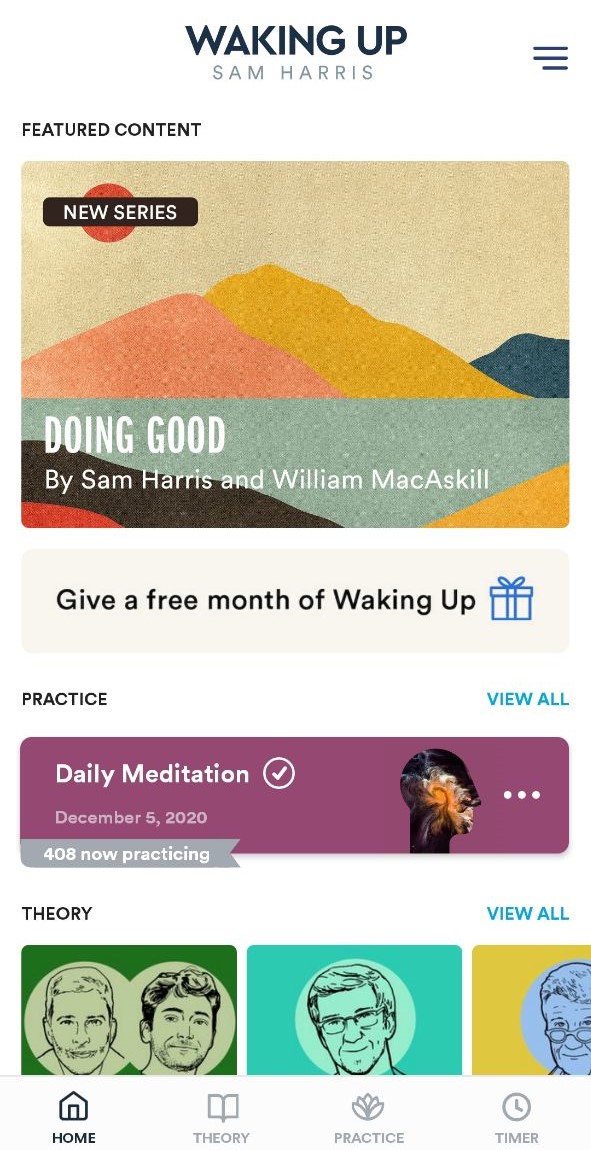 Calm: The Meditation Battle That’s Anything but Zen : Meditation
Calm: The Meditation Battle That’s Anything but Zen : MeditationThe two smartphone apps taking meditation mainstream exude a Zen vibe and trumpet nearly identical missions to increase health and happiness around the world.
But behind the blissful marketing mantras, Headspace and Calm are locked in a head-to-head fight to dominate the booming $1.2 billion meditation market.
“I would say we’re in mindful competition with each other,” says Michael Acton Smith, co-CEO and co-founder of Calm, based in San Francisco. “And they have six times as many employees as we do.” Calm has a staff of about 40, while Headspace employs 230.
“The irony is not lost on me,” says Rich Pierson, CEO and co-founder of Headspace, of the rivalry with Calm. But he’d rather focus on his Santa Monica, Calif.-based company’s authenticity, he says, which is drawn from co-founder Andy Puddicombe’s 10 years of studying meditation at Buddhist monasteries.
Andy Puddicombe, co-founder of meditation and mindfulness app Headspace, spent a decade studying meditation at Buddhist monasteries.
“If you were going to see a psychologist, you’d probably want to know where they trained and qualified. It’s the same with meditation,” Mr. Pierson says. Calm’s founders previously worked in online gaming and advertising.
Both startups are venture-backed, founded by charismatic British guys who moved to California. Both practice what they preach, offering officewide daily meditation sessions. And both apps have been downloaded more than 38 million times, with each hitting 1 million paid subscribers in June, the companies say.
“Headspace launched two years before us, and now we’re neck and neck,” says Dun Wang, Calm’s chief product and growth officer.
Founded in 2010, Headspace had dominated the meditation category until this year, when Calm caught up.
Calm got a boost from winning the 2017 iPhone App of the Year award from Apple ’s App Store last December.
“Since winning App of the Year, we seem to have a much higher growth rate than they do, and we’ll surpass them from now on,” Calm’s Ms.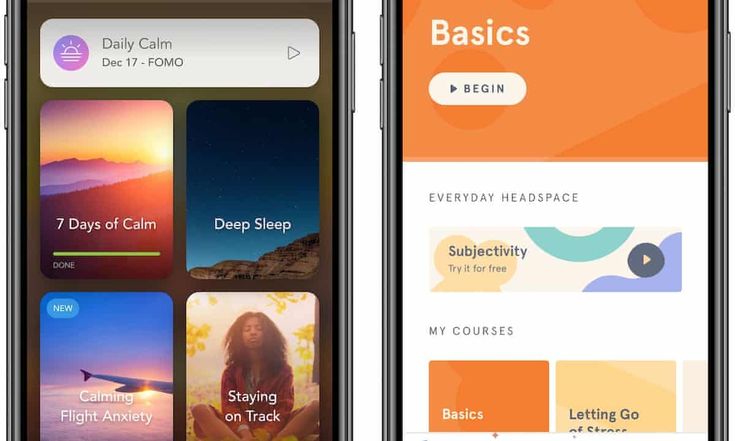 Wang says.
Wang says.
Calm has topped the category in both downloads and mobile revenue since last December, with revenue through October at $50.7 million, according to estimates from mobile-data firm Sensor Tower. Headspace, now in second place, saw revenue of $34.3 million, according to Sensor Tower. Both offer standard subscription rates of $13 a month. Annual subscriptions cost $96 a year at Headspace and $70 a year at Calm.
A Headspace spokeswoman says Sensor Tower’s data didn’t account for subscriptions that come through its website and corporate partnerships, which would push its 12-month revenues “north of $100 million.” The company declined to provide year-over-year comparisons. Calm didn’t dispute Sensor Tower’s data.
The award is a touchy subject at Headspace. Apple does not reveal its selection methods or criteria.
“I think people are blowing App-of-the-Year way out of proportion,” says Ben Spero, a managing director at Spectrum Equity, a Headspace investor. “It’s good P. R., but it’s not determinative. It’s not that Apple was saying that Calm is a better app—they’re big fans of Headspace, too,” he says, pointing out that the App Store often features Headspace on its landing page. Apple declined to comment on the 2017 award.
R., but it’s not determinative. It’s not that Apple was saying that Calm is a better app—they’re big fans of Headspace, too,” he says, pointing out that the App Store often features Headspace on its landing page. Apple declined to comment on the 2017 award.
The meditation industry—including studio classes, workshops, books, online courses and apps—is worth about $1.2 billion and growing, according to a 2017 estimate by Marketdata Enterprises. Studies show meditation can reduce stress and improve sleep.
The national meditation rate has tripled over the past five years. The number of U.S. adults meditating is on track to surpass the number of those practicing yoga in the next two years, according to an October report from the Centers for Disease Control and Prevention.
Businesses are eager to help employees tap into their higher consciousness in the hopes that it will improve productivity and reduce stress-related health-care costs. About 22% of companies started offering mindfulness meditation training in 2016, and another 21% planned to add it in 2017, according to a survey by The National Business Group on Health and Fidelity Investments.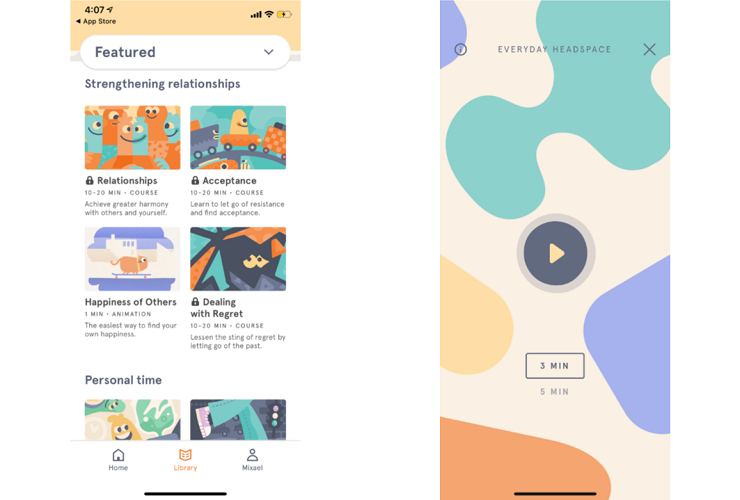
All the attention has fueled a digital bonanza, with more than 2,000 new meditation apps launched over the past three years. Headspace and Calm account for about 85% of the revenue generated by the top 10 apps in the category, according to Sensor Tower data.
Headspace uses quirky cartoons to walk the user through meditation sessions, all guided by Mr. Puddicombe. In addition to programs for stress and anxiety, it offers sessions for sleep, work/productivity and fitness.
Calm lets listeners choose from several different meditation teachers and peaceful nature scenes. About half of Calm’s users use it primarily as a sleep app rather than a meditation app, the company says. They tune in to Calm Sleep Stories, which are bedtime stories narrated by actors including Matthew McConaughey, and Calm Music, which offers curated musical playlists.
Headspace is pushing for growth through corporate partnerships, last year hiring chief business officer Ross Hoffman away from Twitter , where he led global content partnerships.
“We’re just fishing where the fish are,” Mr. Hoffman says. Over the past 18 months, he has signed deals with more than 300 companies to integrate Headspace subscriptions into their employee health and wellness benefits, including Unilever , Adobe , Genentech and LinkedIn.
Last March, Headspace announced a deal with the National Basketball Association to become the league’s official mediation and mindfulness partner. It involves branded content, promotions and about 7,000 subscriptions for players and staff, but no money exchanged hands, Headspace says.
Calm has largely ignored the business market, declining most corporate requests until recently, when some major companies started calling. Calm executives say such deals don’t add substantial revenue. Corporations typically negotiate bulk purchasing discounts of up to 50% off standard subscription fees.
“Calm has managed to overtake Headspace because they’ve been laser-focused without getting distracted by the types of vanity partnerships, like with sports teams, that look good in the press but don’t move the needle,” says Harley Miller, principal at Insight Venture Partners, a Calm investor.
Headspace responds that all its partners serve a strategic purpose. Seeing professional athletes practice mindfulness and meditation with Headspace will encourage young aspiring athletes to do the same, Mr. Hoffman says, especially with stars like Kevin Love of the Cleveland Cavaliers and retired league MVP Steve Nash extolling its benefits. (Neither is a paid spokesman.)
“We have the strongest brand,” Mr. Hoffman says, pointing out that morning talk shows and late-night comedy hosts regularly turn to Headspace’s Mr. Puddicombe to teach viewers about meditation.
Early reluctance aside, Calm is expanding into the corporate arena, often on the heels of its biggest competitor.
“Companies will approach us and say, ‘We got this offer from Headspace, do you guys want to put in an offer as well?,’ ” Calm’s Ms. Wang says. “It’s working out great for us. We don’t need to be the ones making the cold calls to win these projects.”
PricewaterhouseCoopers and Samsung were among Calm’s first corporate clients.
In October, American Airlines became its first airline partner. (Headspace already has content deals with 11 airlines, including JetBlue , Delta and United.) Calm’s soothing nature videos will play on all seat-back screens during boarding, putting the brand in the faces of more than 200 million passengers a year, according to the carrier.
Headspace isn’t taking this lying down. Its Headspace Health division is currently seeking Food and Drug Administration approval to become the first prescription meditation app for certain chronic illnesses. FDA approval would pave the way for Headspace programs to be covered by health insurance.
Calm’s leadership team is focused on achieving mass mindfulness, and on victory.
“We’re both growing the sector. This is such a huge market, there’s going to be room for a few different winners,” Mr. Acton Smith says. “We want Calm to be the number one, of course—and we wish the others the best for second place.”
Corrections & Amplifications Calm’s deal with American Airlines will put the company’s nature videos before more than 200 million passengers annually. An earlier version of this article incorrectly estimated the figure as 800 million. (Dec. 15, 2018)
An earlier version of this article incorrectly estimated the figure as 800 million. (Dec. 15, 2018)
Free Writing Practice for Releasing Negative Conditions: Instructions for Use
There are writing techniques that can help you cope with stress, look into your subconscious, generate new interesting ideas, talk out and even start living the life you have always dreamed of . Olga Korotko, an analytical psychologist, founder of the school of creative mental states, will tell about one of these useful and exciting practices.
Olga Sabelnikova
Tags:
Life hacks for health
psychologist explains
The opinion of psychologists
Master1305 / Freepik
Olga Korotko
Analytical psychologist, founder of the School of Creative Mental States.
Thanks to free writing, you set up a conscious-unconscious communication channel, and get the opportunity to release emotions on paper, thereby separating from them, becoming aware and turning them into a resource.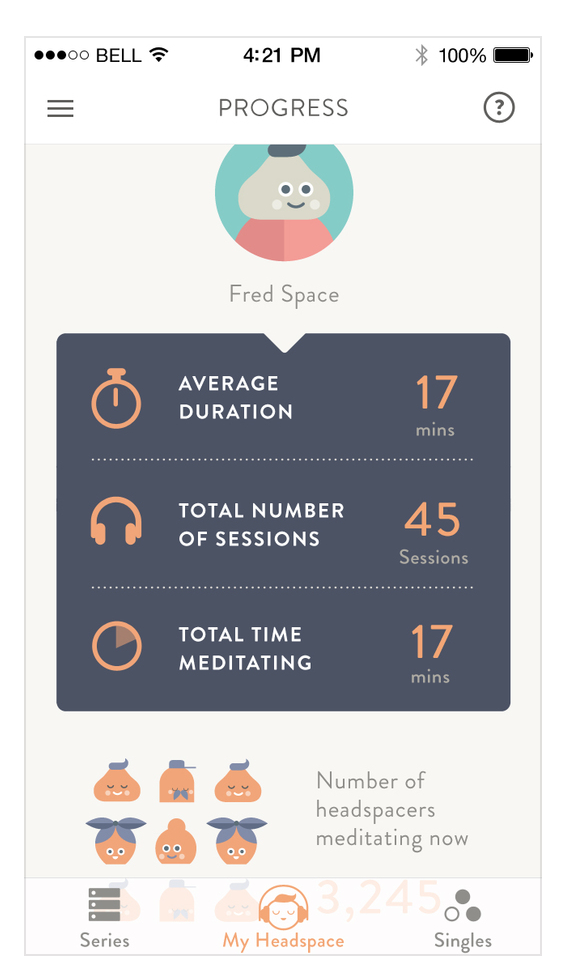
So, if you are overwhelmed with negative emotions or feel lethargic, then prepare a pen and notebook. If you prefer to write on a computer, then you can use this option. But you need to remember that any writing practices give the maximum positive effect if you keep notes by hand.
Set a timer for 10-15 minutes, or whatever time you think is long enough to write down your thoughts without interruption, and start writing freely. During this time, continuously write whatever comes to your mind.
If you find it difficult to write the first sentence, try describing your feelings using the following phrase: "I'm nervous because..." or talk about an event that excited you, for example: "Mom called this morning and said that .. .". In a word, start writing your letter from the moment your feelings come from.
It is imperative that you never stop to read or edit your words. Since the flow of your thoughts will be interrupted and your internal analyst will begin to take over.
When you write fast, you drown out your critic and take a break from the need to constantly be perfect or fit in with someone else's ideas.
If thoughts do not come, then endlessly repeat (write down) the last written word or describe your state: “Nothing comes to mind, head is empty, there are no thoughts ...” until new thoughts begin to appear.
At first, you may catch yourself writing gibberish. And it's wonderful. Just go with the flow and conscientiously write down everything that comes from within until it dries up.
In free writing, it is important to ride the waves of your thoughts and feelings and let them flow from you without the slightest resistance. You move your hand quickly and continuously without worrying about spelling, grammar, or style.
Instead of keeping your emotions and thoughts inside, you release them through writing, one word after another, without the self-censorship you are accustomed to in everyday life.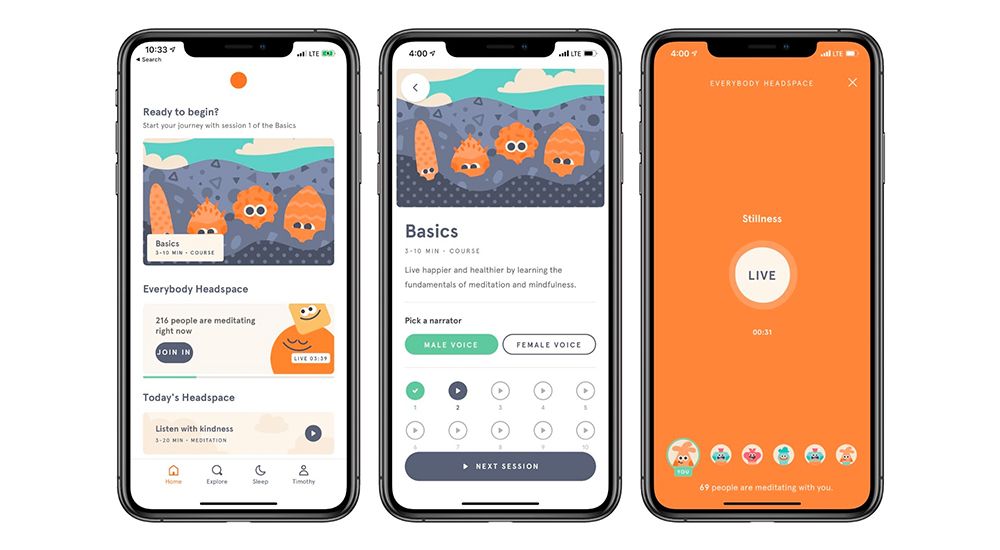 Write about how you feel or think about this or that situation / person.
Write about how you feel or think about this or that situation / person.
Remember that this is a safe space where you don't have to worry about hurting or offending anyone by saying the wrong thing. Here you can allow yourself to get angry, show aggression, be offended, swear, or vice versa - be weak and vulnerable.
The more you practice, the easier it will be for you to write freehand.
When you finish writing, you will immediately feel relieved. The level of anxiety will decrease significantly, and inside you will feel calm and peaceful.
Having finished the practice, then you can go in two ways:
- re-read what you have written and highlight the most important thoughts and awareness for yourself;
- destroy what is written, thereby symbolically freeing yourself from negative emotions through the ritual of burning or tearing the letter.
An exercise to get answers to any questions from the unconscious
Formulate an intention and write it down on a piece of paper
What problem is it important for you to solve now? What question do you want to find an answer to? Maybe you are looking to increase your income, or vice versa, find a way to cut costs. Or perhaps you want to improve relationships with family and friends or find an approach to a new boss. Try to formulate as precisely as possible the intention and what question or task you set for yourself.
Or perhaps you want to improve relationships with family and friends or find an approach to a new boss. Try to formulate as precisely as possible the intention and what question or task you set for yourself.
Give yourself 5-10 minutes to think about it.
Spend some time focusing on this task or thinking about the problem that is bothering you. At this stage, your task is to focus all your attention on the search, and not find a solution. By doing so, you will strengthen your inner intention to find a way out.
Set aside time for internal searches
At this stage, you create space for "incubation", that is, internal searches for the answer. Therefore, it is important to somehow distract yourself: meditate, go for a walk, switch to some task that has nothing to do with your intention, and ideally go to bed (if you create an intention before going to bed).
The best time to create an intention is in the evening, on the eve of sleep.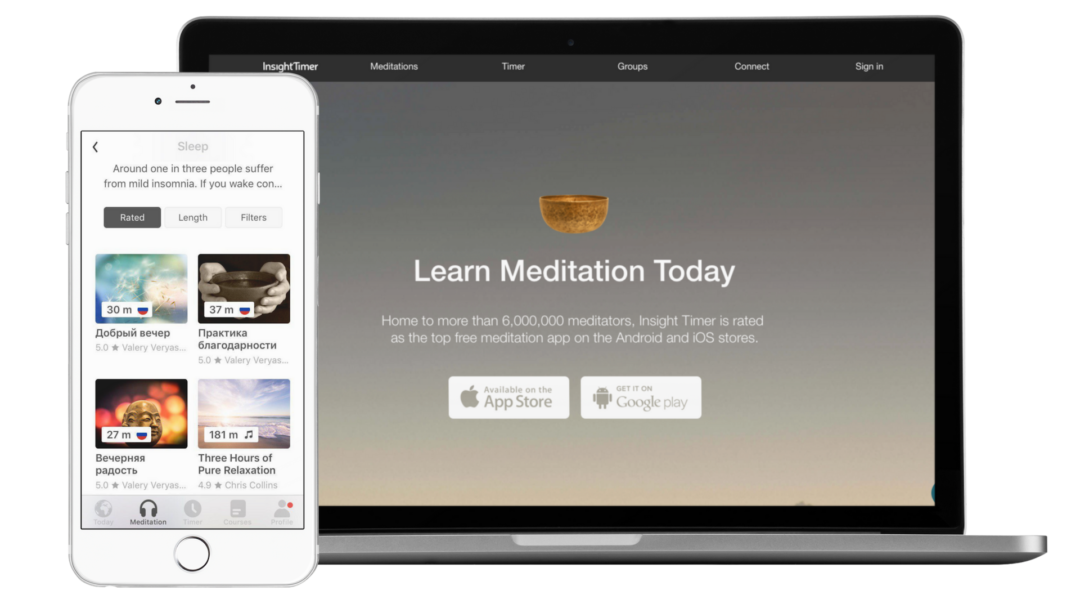
Then during your rest the unconscious will look for a solution.
Accept the answer through the practice of free writing
After waking up / meditating / walking, take a notebook and pen, set a timer for 10-15 minutes and start writing continuously according to the same rules that were described in the paragraph about working on emotions: do not taking your hand off the paper, write whatever comes to mind, do not filter information, do not correct words, do not pay attention to style and grammar.
The task is to write as quickly as possible, if necessary, you can shorten words as you like. If nothing comes to mind, then repeat (write down) the last written word until new thoughts and ideas appear.
Reread what you have written
When 10-15 minutes of practice are up, reread what you have written and highlight the most important thoughts and realizations.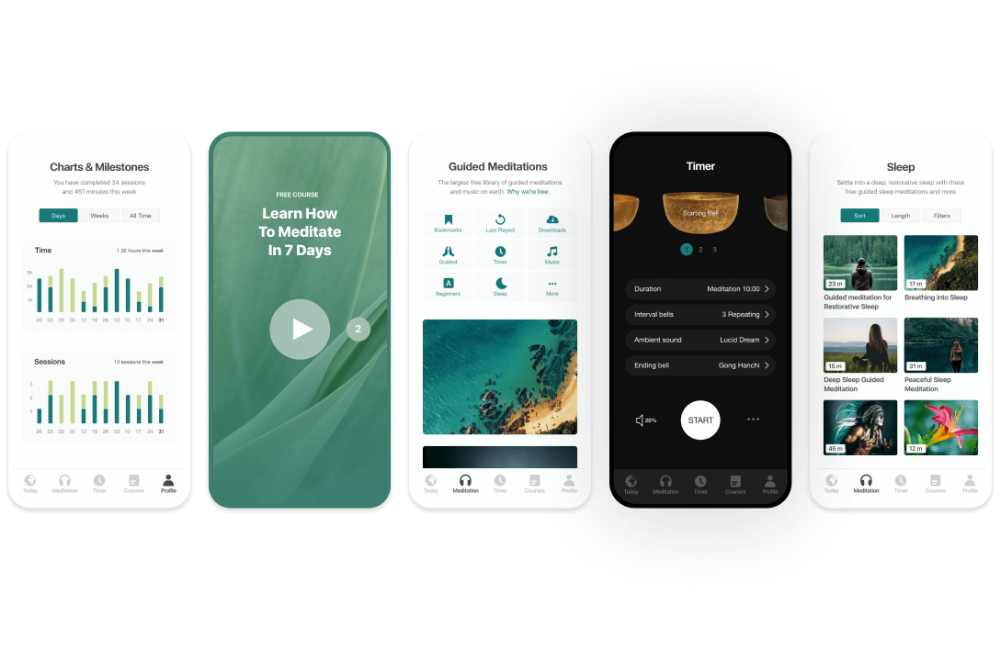 Try to answer yourself the questions: "What of what you wrote turned out to be the most unexpected for you?", "Which idea can you start implementing right now, and which ones still need to be finalized?".
Try to answer yourself the questions: "What of what you wrote turned out to be the most unexpected for you?", "Which idea can you start implementing right now, and which ones still need to be finalized?".
You will be surprised that unconscious thoughts and insights will gradually take shape, and the solutions to all your problems can be found in your own words.
Repeat the practice every day until you get an answer that suits you.
This is essentially a meditation letter. Therefore, if you practice this technique, then the answer will definitely come, either in the very first session of practice, or after some time. But there will definitely be an answer, and since it came from within, it will be the most correct answer that will definitely lead you to the desired result.
Thanks to this technique, you will begin to understand yourself better, and life will become noticeably easier.
Break the routine to spark inspiration
Sometimes great ideas come out of thin air. Here you are working on a difficult task for many days, and it seems that you will never finish with it, and then - times - a great idea comes to you, which radically changes everything.
Good ideas rarely come to mind if you sit at your desk all the time, immersed in one project with your head. Concentration is certainly important, but when we focus too much on something, our field of vision narrows, we are closed to everything new, and work becomes a routine.
When deadlines are running out and colleagues are hovering over their heads asking “How are you?”, it's especially hard to relax and find a place for something new in your day. Therefore, we have selected for you four tips on how to find a place for inspiration without any extra effort.
1
. Try new things Psychologists Todd Thrash and Andrew Elliot state that people are more inspired when they are open to new things.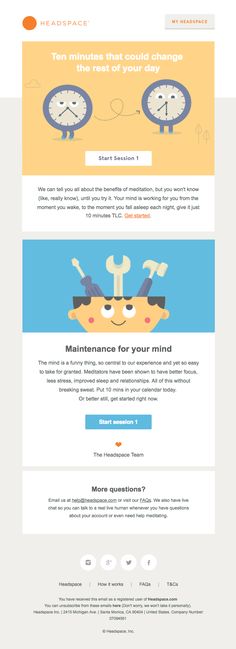 Therefore, it is not enough just to take your eyes off from the current problem, you need to direct it in the direction of something new, something outside the usual way, to clear the mind and make room for fresh ideas.
Therefore, it is not enough just to take your eyes off from the current problem, you need to direct it in the direction of something new, something outside the usual way, to clear the mind and make room for fresh ideas.
When you take breaks from work, new thoughts start to seep in on their own. While your brain is resting, write down every thought that comes to mind. Try to turn off the internal censor and do not edit what is written - these entries are only for you.
If you want to be more active, take a walk and take pictures. If you're an Evernote user, keep your photos and notes in one notebook and look back when you feel stuck and need new ideas.
Thoughts that come to your mind or a photo from a walk may not have anything to do with your work, but the practice itself will force you to think in a new way, which in turn will help keep a fresh look at everything you do .
- How to find time for it: break big tasks into small ones
To find time for your diary, try Behance's Action Method system.
Divide the work on each of the projects into stages, they are called “action steps”. For example, you need to prepare a presentation. Stages can be: sketch out the main points, pick up illustrations, write an introduction .
After you have completed one stage, take a break of 5 to 15 minutes. So during the day you will have several breaks, one of which you can devote to the diary.
2. Watch what others are doing
You reached for your phone to do something at work and ended up wasting half an hour scrolling through your social media feed - has this ever happened?
If so, don't reproach yourself. Now we will give you a reason to do this more often.
Psychologists at Texas A&M University (TAMU) have found that people are most inspired by the work of others who are similar but more successful. This is not about comparing yourself to others. The point is to gain comprehensive knowledge about your field of activity.
To do this, you will have to seriously take up social media feeds.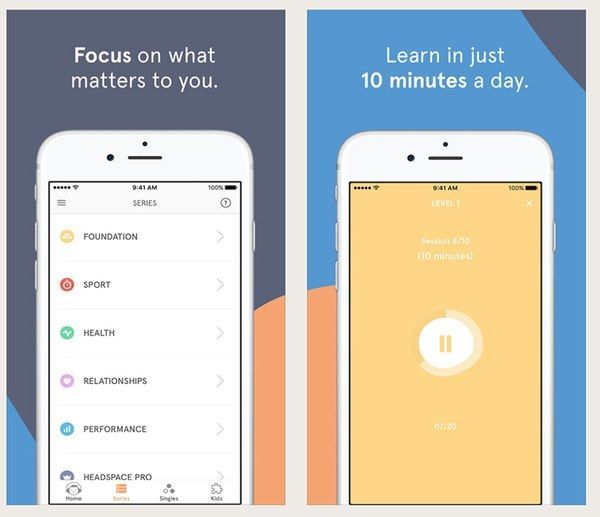 Decide for yourself how much time are you willing to spend on people who post memes and cat pictures all day long? Try to dilute them with people who tell interesting things that may be useful to you in your work. Maybe you will come across someone who will help you learn more about the field in which you work.
Decide for yourself how much time are you willing to spend on people who post memes and cat pictures all day long? Try to dilute them with people who tell interesting things that may be useful to you in your work. Maybe you will come across someone who will help you learn more about the field in which you work.
Reduce the number of subscriptions, and the next time you reach for your phone, useful information will be waiting for you. Thus, you still sit relaxed on social networks, but now you have more inspiring examples before your eyes. Save everything to Evernote that gives life to new ideas for your projects - from your computer or mobile device.
- How to find time for this: take a break of 5 minutes every 25 minutes
If you already spend part of the breaks during the working day on social networks, continue - your conscience can now be clear. If you want a more systematic approach to your breaks, try the pomodoro technique. We already talked about it, everything is very simple there.
Set the timer for 25 minutes. Then take a break for 5 minutes. After the break, work again for 25 minutes. And so in a circle.
3. Practice Slowly
Thresh and Elliot believe that the best ideas come to people after they have practiced. In other words, as you practice a skill, you pave the way for inspiration.
It doesn't really mean that you turn inspiration on at the click of a button while working on your projects. This means that after you hone your skills, it will be easier to catch the right wave.
For example, you are a designer and you have a hard time illustrating. Try doing a couple of personal projects where illustration becomes a central technique. Or you are a manager, but something is not going well with the team - read the psychological literature on motivation. Don't have time to read? Listen to audiobooks while you travel or do household chores.
When you work on your professional skills and do not experience the usual stress of work projects, you gain experience in your business without fear of the consequences of mistakes.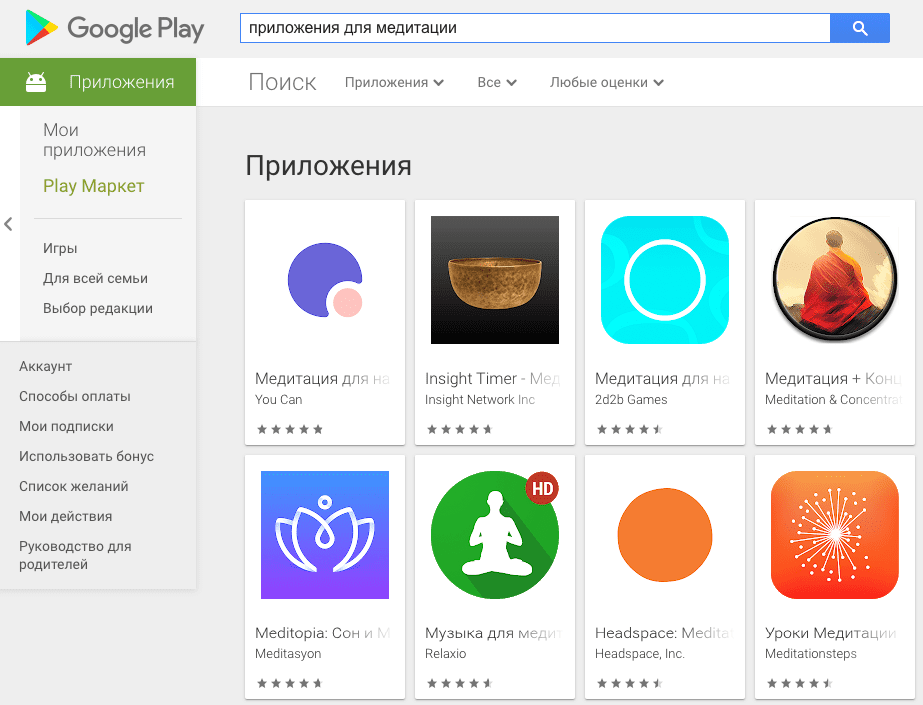
- How to find this time: make an appointment
At the start of each work week, check your schedule and find a time to work on your skills. Set aside at least half an hour and put it on your calendar so your colleagues can see when you shouldn't be disturbed. That's all - now you have time to hone your professional skills.
4. When inspiration comes to you, don't chase it away
In order for inspiration to visit you, you need to keep the door open.
Seems like an obvious thought, but remember all the times when inspiration hit you at the most inopportune moment: in line at the supermarket, you formulated the perfect opening for a presentation, or in the middle of the night you suddenly realized where the inconsistency in the financial report came from.
If you ever miss an idea, don't be discouraged. It happens to the best of us. Your day is most likely filled with things that require your attention, and it can be very difficult to quit everything when you suddenly feel a surge of inspiration.
In this case, always keep on hand tools that help you capture insights. Sync your Evernote account information across all your devices and use shortcuts to keep your notes where you write down ideas always at hand. If you feel like unplugging after a day at work, carry a notebook around with you or spread a few around the house—minimize the effort it takes to save an idea when it pops up.
- Finding Time for It: Learn to Say No
Schedule free time to capture good ideas, even if they come to you at the wrong time. Say “no” more often—easier said than done, but remember, you don’t have to rush out to everyone who urgently needs your advice or attend every last-minute appointment.
If it is difficult for you to refuse people, he will try to say I am not instead of I can't or I won't . Research shows that when you explain why you don't do something, you feel more confident and other people are more likely to accept your position.
 99/year)
99/year)